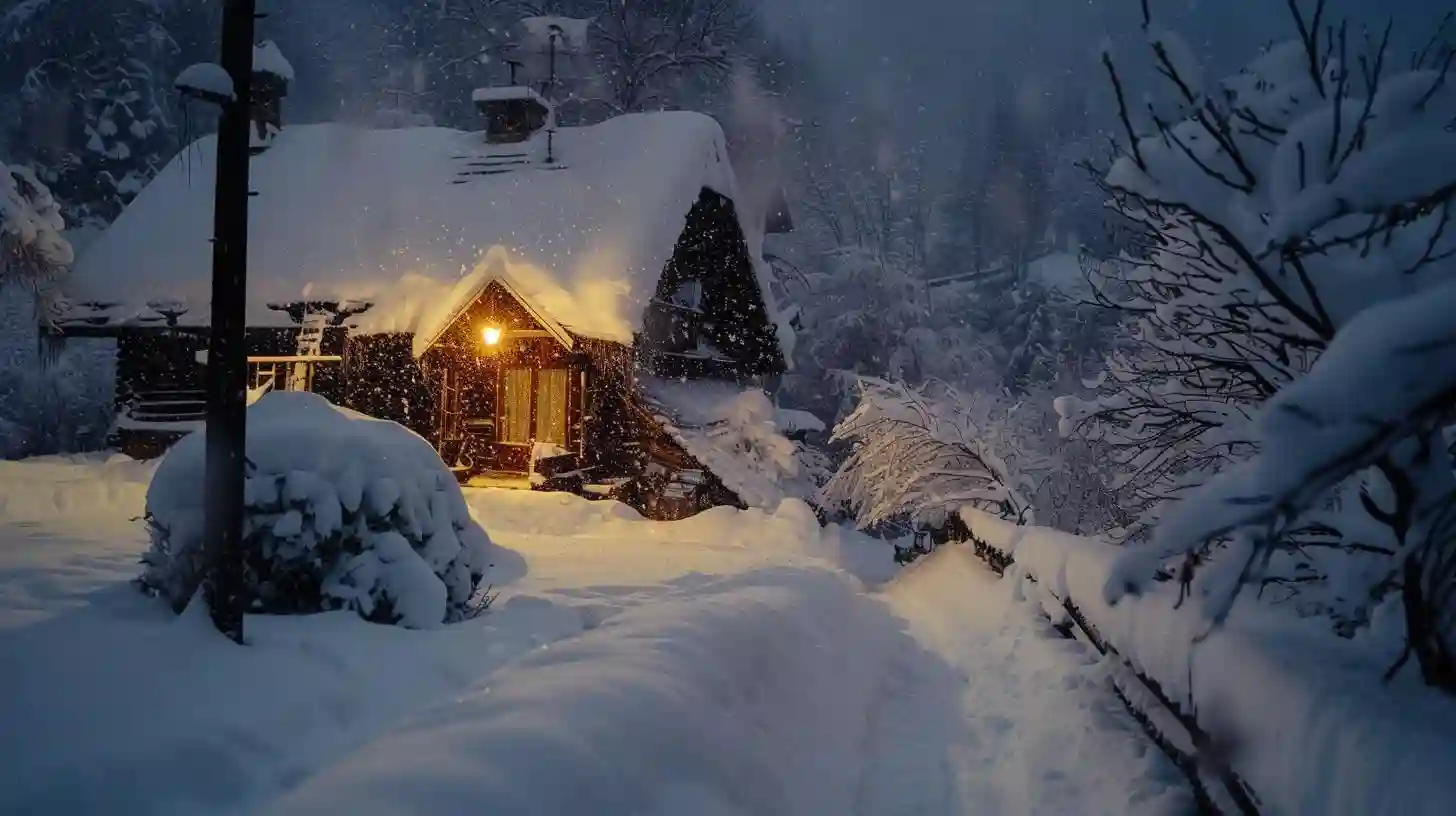
The impact of blizzard weather can be profound and multifaceted, affecting various aspects of life. Few natural phenomena are as awe-inspiring and simultaneously fearsome as a blizzard, which when it strikes, often leaves indelible marks on both the environment and society. This type of extreme weather is characterized by severe snowfall, powerful winds, and often plummeting temperatures. Though they may be a captivating spectacle of nature, blizzards trigger significant disruptions that ripple through communities, economies, and ecosystems.
First and foremost, the immediate impact of a blizzard is felt in the form of dangerous and often life-threatening conditions. Roads become impassable as snow accumulates, visibility is reduced to near zero due to blowing snow, and temperatures can drop to perilously cold levels. Such conditions make mobility extremely difficult, often leading to travel bans and road closures. Stranded travelers can find themselves caught in treacherous situations, sometimes with fatal consequences. Emergency services are stretched thin, struggling to reach those in need as ambulances and fire trucks battle the elements. As a result, blizzards can indirectly cause fatalities and severe injuries, not just from exposure to the elements but from accidents and delays in critical services.
Furthermore, the disruption to daily life is immense. Schools are often closed, and businesses may shut down temporarily, causing interruptions in education and commerce. Families are forced to hunker down at home, and the suspension of public transportation leaves many without the means to travel for essential needs. Electricity and communication lines are particularly vulnerable during blizzards. With heavy snowfall and powerful winds, downed power lines and towers are common, leaving thousands without heat or light in the frigid conditions. The demands on utility companies surge as they work around the clock to restore services, which in some cases can take days or even longer.
Economically, the repercussions of blizzards are vast. From a business standpoint, closures and disruptions to commerce result in significant financial losses. Retailers miss out on business as foot traffic dwindles, while factories and plants halt production, leading to delays in the supply chain. The transportation industry, including trucking and shipping, is particularly affected as the impossibility of movement under such severe conditions brings logistics to a standstill. Farmers suffer as livestock may die from exposure and crops can be damaged or lost entirely under blankets of snow. The aftermath often includes the substantial cost of cleanup and repair, from plowing and salt spreading to fixing damaged infrastructure.
Psychologically, the effect on people can be substantial. The isolation and confinement brought on by blizzards can lead to feelings of loneliness and anxiety. There's a communal sense of 'waiting out the storm,' but for individuals with less social interaction or who are more isolated, the psychological toll can be higher. The constant awareness of potential dangers outside can foster a sense of unease and fear. Moreover, the uncertainty regarding how long the blizzard’s effects will last adds another layer of stress. Children's routines are disrupted, affecting their sense of normalcy and can lead to a backlog of work when schools do reopen.
Blizzards also leave their mark on the environment. The immediate buildup of snow, which at first hinders, eventually becomes a source of water runoff as it melts. This can lead to flooding issues in certain regions, particularly if the ground beneath remains frozen, preventing the water from being absorbed quickly. Wildlife is challenged to find food and shelter in the harsh conditions, and trees and plants often suffer under the weight of the snow and ice. However, not all impacts are negative; the deep snow can act as an insulator for some ground-dwelling animals and plants, protecting them from the coldest temperatures. The snowpack created by repeated blizzards can also provide a critical water resource come spring and summer.
From a climatological perspective, blizzards provide invaluable data for the study of extreme weather patterns and their long-term impacts on climate change. Scientists and meteorologists closely monitor these events, collecting information that can improve forecast models and provide greater insight into atmospheric behavior. Learning from past blizzards can also aid in community planning and resilience-building against future storms. Enhanced early warning systems and better-prepared infrastructure can mitigate some of the adverse effects, showcasing the importance of investing in weather sciences.
Blizzards can spur acts of community and solidarity. The shared adversity of surviving through a blizzard often brings people together, fostering a spirit of cooperation and mutual support. Neighbors help each other by shoveling driveways or sharing resources when access to stores is limited. Stories emerge of acts of heroism where individuals assist those stranded or in distress. Local governments and organizations often set up warming stations and emergency shelters to support those most affected. This community resilience is not only heartening but necessary for enduring the harsh conditions presented by blizzards.
The impact on public policy is another significant facet. Governments at municipal, state, and even national levels must often respond to the challenges posed by blizzards. This involves not only immediate disaster response efforts but also long-term planning and management. Policies geared towards improving infrastructure resiliency, such as upgrading power grids and improving road maintenance capabilities, become focal points in the wake of severe blizzards. Additionally, budget allocations often see adjustments to ensure that adequate resources are available for emergency services and disaster relief efforts.
While the impact of a blizzard is undeniably challenging, it also serves as a reminder of the raw power of nature and the resilience of human communities. The process of preparing for, enduring, and recovering from such an event shapes the character and capabilities of those affected. It stresses the importance of community, preparedness, and the ability to adapt to and mitigate the impacts of extreme weather. Through collective effort and continual learning, societies can better withstand and overcome the formidable challenges posed by blizzards, emerging more resolute in the face of natural adversity.